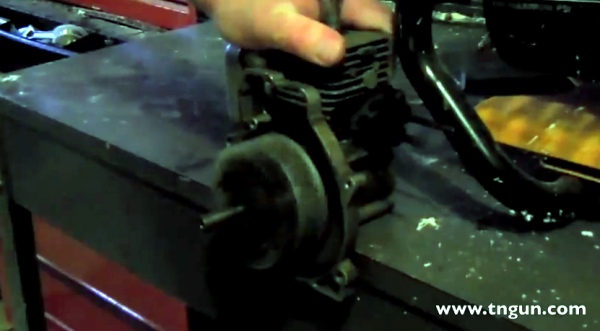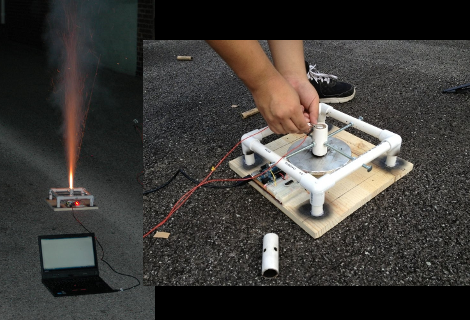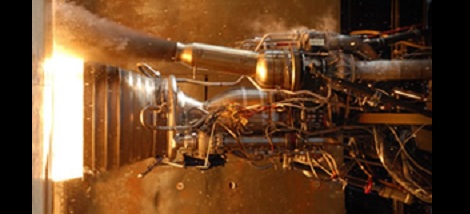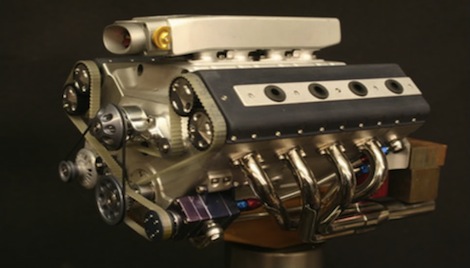We had no idea that what’s needed to convert an internal combustion engine to steam power is actually rather trivial. [David Nash] shows us how it’s done by performing the alterations on the engine of a string trimmer. These are the tools used to cut down vegetation around obstacles in your yard. The source of the engine doesn’t really matter as long as it’s a 2-cycle motor.
This engine had one spark plug which is threaded into the top of the block. [David] removed this and attached his replacement hardware. For now he’s using compressed air for development, but will connected the final version to a boiler.
There are only a couple of important parts between the engine and the boiler. There’s an in-line oil reservoir to help combat the corrosive nature of the steam. There is also a check valve. In the video after the break [David] shows the hunk of a ball-point pen that he uses to actuate the check valve. It’s really just a spacer that the piston pushes up to open the valve. This will be replaced with a metal rod in the final version.
Continue reading “How To Convert An Internal Combustion Engine To Run From Steam Power”


















